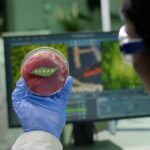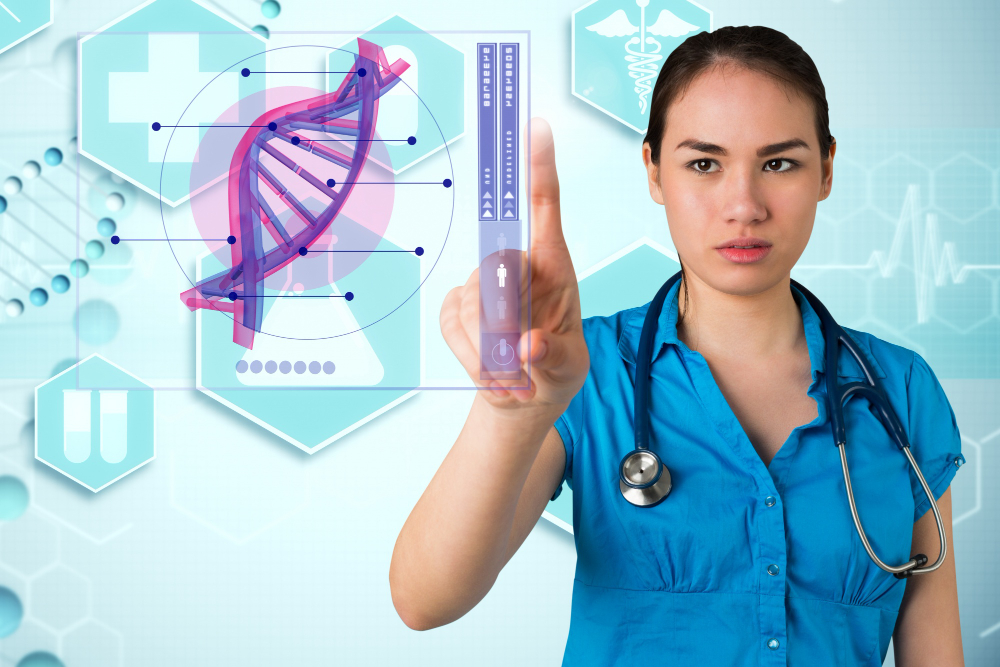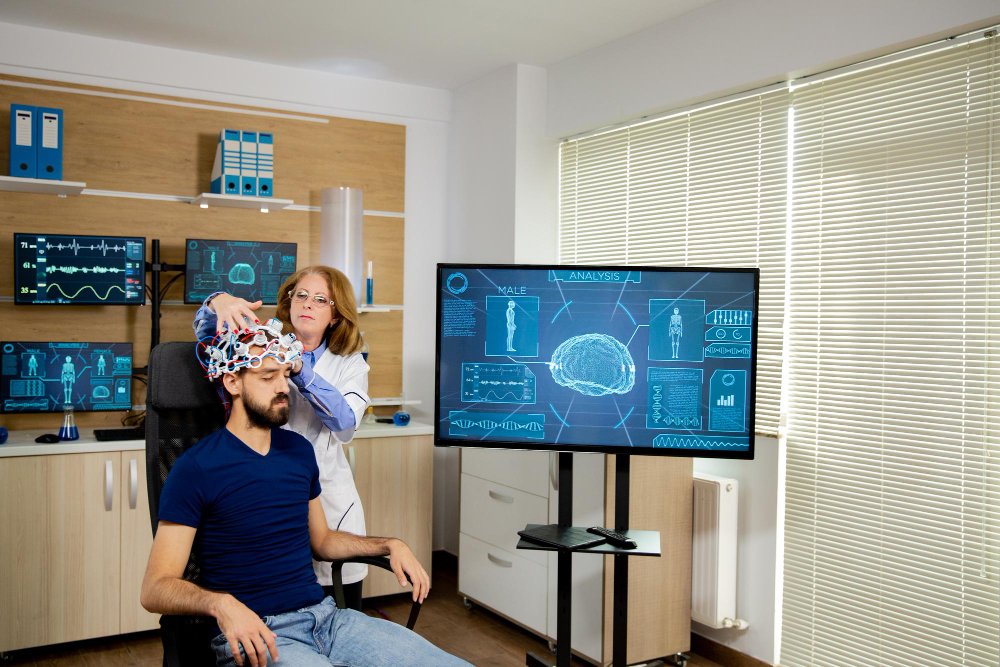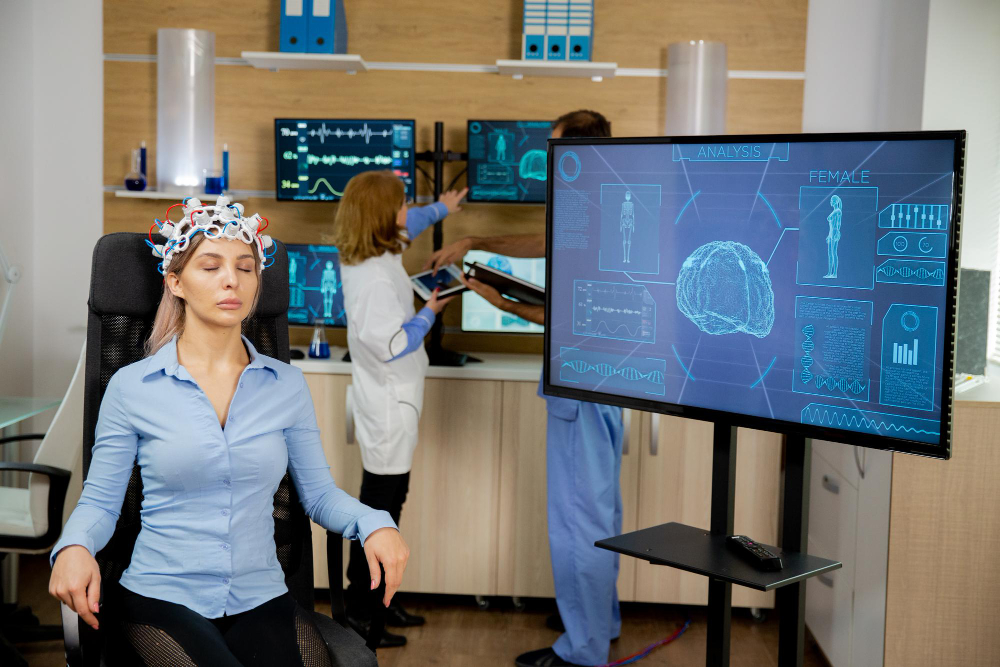Stem Cell Therapy Explained — The Future of Regenerative Medicine
Medicine is undergoing a transformation — one that focuses not just on treating symptoms but on regenerating damaged tissues and organs. At the heart of this revolution lies stem cell therapy, a cutting-edge field that holds the promise to heal injuries, cure chronic diseases, and even reverse aging.
This guide explains what stem cell therapy is, how it works, and why it’s being called the future of regenerative medicine.
What Is Stem Cell Therapy?
Stem cell therapy is a medical treatment that uses stem cells — the body’s master cells — to repair, replace, or regenerate damaged tissues and organs.
Stem cells are unique because they can:
- Divide endlessly, creating more stem cells.
- Transform into specialized cells like muscle, nerve, or blood cells.
This ability makes them powerful tools for treating a wide range of conditions — from spinal cord injuries to heart disease and diabetes.
Types of Stem Cells
Not all stem cells are the same. Scientists categorize them based on their source and potential.
1. Embryonic Stem Cells (ESCs)
- Derived from early-stage embryos.
- Can develop into any cell type in the body (pluripotent).
- Hold great promise but raise ethical concerns due to embryo usage.
2. Adult (Somatic) Stem Cells
- Found in tissues like bone marrow, fat, and blood.
- Can generate a limited range of cells (multipotent).
- Commonly used in therapies such as bone marrow transplants.
3. Induced Pluripotent Stem Cells (iPSCs)
- Adult cells reprogrammed to behave like embryonic stem cells.
- No ethical issues and can be created from the patient’s own body.
- Represent one of the most promising innovations in regenerative medicine.
How Stem Cell Therapy Works
Stem cell therapy involves several key steps:
- Harvesting – Stem cells are collected from the patient (autologous) or a donor (allogeneic).
- Processing – Cells are purified, multiplied, and sometimes genetically modified in the lab.
- Transplantation – The stem cells are injected or infused into the damaged area.
- Regeneration – The cells transform into the needed cell type and help repair or replace damaged tissue.
For example, if a person suffers from a heart attack, cardiac stem cells can be introduced to help rebuild heart muscle and improve function.
Current Medical Uses of Stem Cell Therapy
Stem cell therapy has already made its way into mainstream medicine, with several successful applications.
1. Bone Marrow Transplants
The oldest and most established form of stem cell therapy, used for treating leukemia, lymphoma, and other blood disorders.
2. Orthopedic Treatments
Doctors use mesenchymal stem cells (MSCs) to repair damaged joints, cartilage, and bones — reducing pain and improving mobility in conditions like osteoarthritis.
3. Cardiovascular Regeneration
Clinical trials show stem cell injections can regrow heart tissue, improve circulation, and reduce the impact of heart failure.
4. Neurological Disorders
Stem cell therapy is being tested for Parkinson’s disease, spinal cord injuries, and stroke recovery, where it may replace dead or damaged neurons.
5. Diabetes and Organ Repair
Scientists are creating pancreatic beta cells to restore insulin production in diabetics and experimenting with liver and kidney regeneration using stem cells.
The Promise of Regenerative Medicine
Regenerative medicine is the science of restoring or replacing human cells, tissues, and organs to restore normal function. Stem cells are its foundation because they can rebuild the body from within.
In the near future, regenerative medicine could make organ transplants unnecessary by regrowing organs from a patient’s own cells. Research is already progressing in lab-grown skin, corneas, and heart valves.
Emerging Innovations in Stem Cell Therapy
1. 3D Bioprinting with Stem Cells
Scientists are now using 3D printers to create living tissues using stem cells as “bio-ink.” This could lead to custom-made organs grown on demand.
2. Genetic Engineering and CRISPR
Combining stem cell therapy with CRISPR gene editing allows scientists to correct genetic mutations before transplantation, offering potential cures for hereditary diseases.
3. Personalized Stem Cell Banks
Some clinics now offer stem cell preservation services — storing your stem cells for future regenerative treatments. This could make personalized healthcare more accessible by 2030.
Challenges and Ethical Considerations
Despite the promise, stem cell therapy faces scientific and ethical challenges.
- Tumor formation risk: Pluripotent stem cells can sometimes grow uncontrollably.
- Immune rejection: Donor cells may trigger immune responses.
- Regulatory issues: Not all stem cell treatments on the market are safe or approved.
- Ethical debates: The use of embryonic stem cells remains controversial.
It’s vital to ensure that stem cell clinics are properly regulated and therapies are scientifically validated before public use.
The Role of AI and Biotechnology in Stem Cell Research
Artificial Intelligence (AI) and biotechnology are accelerating stem cell breakthroughs. AI helps:
- Predict cell behavior during differentiation.
- Optimize lab-grown tissues.
- Speed up clinical research and reduce human error.
The integration of AI, nanotechnology, and gene editing is paving the way for precision regenerative medicine, where treatments are tailored to each individual’s biological makeup.
The Future of Stem Cell Therapy
By 2030, stem cell therapy may become as common as surgery or medication. Scientists envision:
- Regrowing damaged spinal cords to restore mobility.
- Reversing heart disease with stem-cell-grown cardiac tissue.
- Treating blindness with regenerated retinal cells.
- Slowing or reversing aging by rejuvenating old cells.
The future points toward a world where the body can heal itself — guided by its own biology.
Conclusion
Stem cell therapy stands at the frontier of modern medicine — a bridge between healing and regeneration. It offers hope for millions suffering from conditions once considered incurable.
As technology, ethics, and biology evolve together, the dream of using our own cells to rebuild and rejuvenate the human body is becoming reality.
Stem cell therapy isn’t just the future of medicine — it’s the future of life itself.











